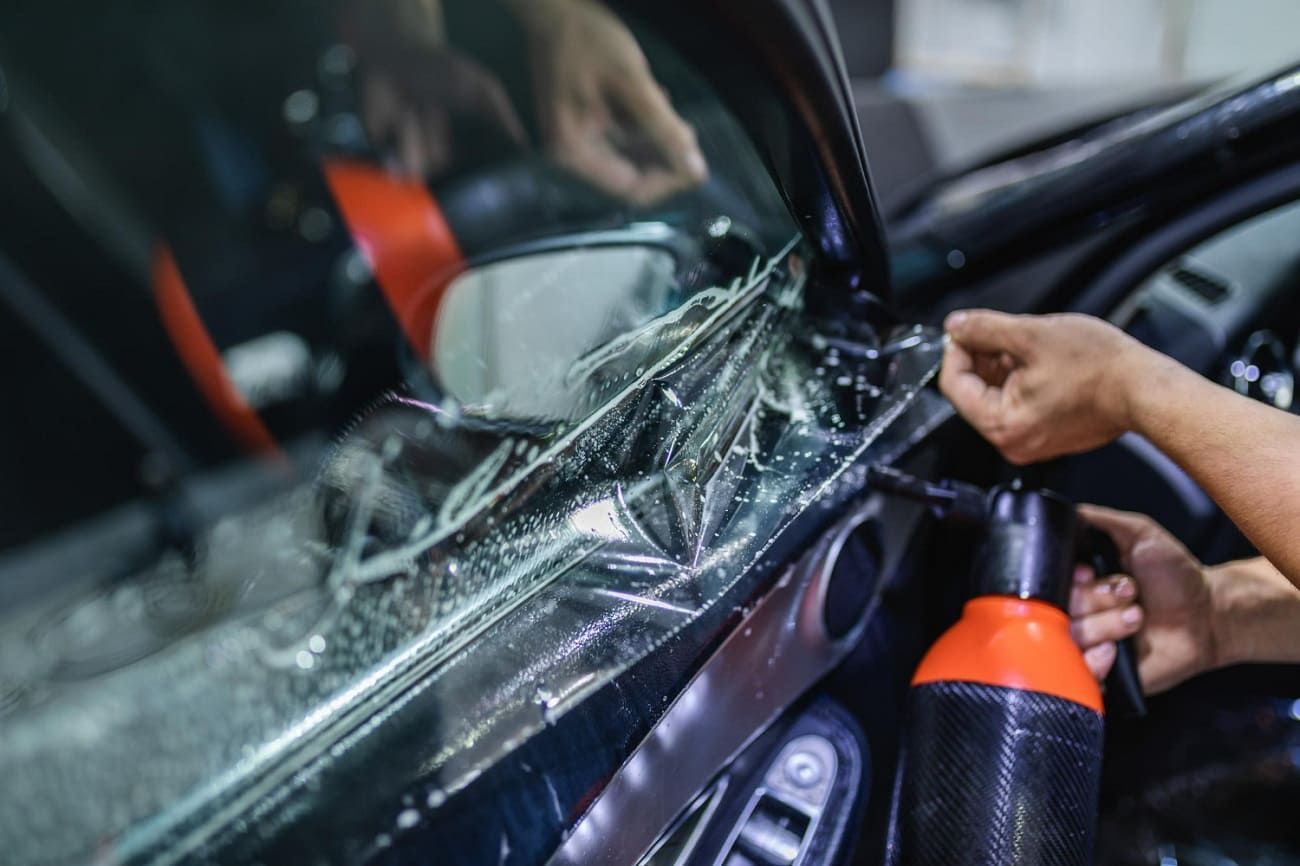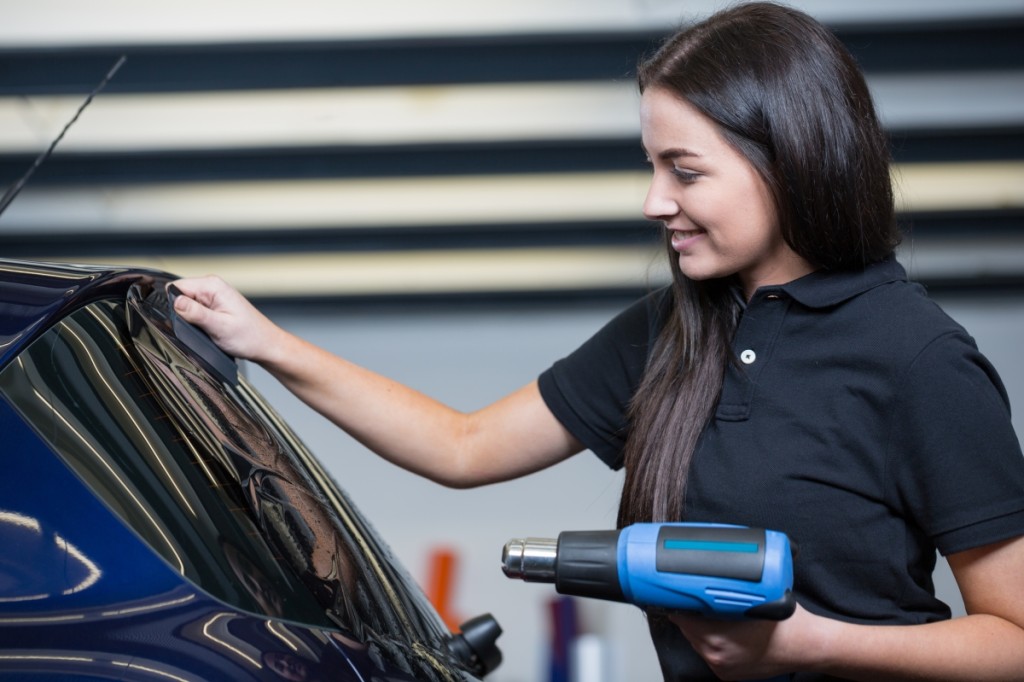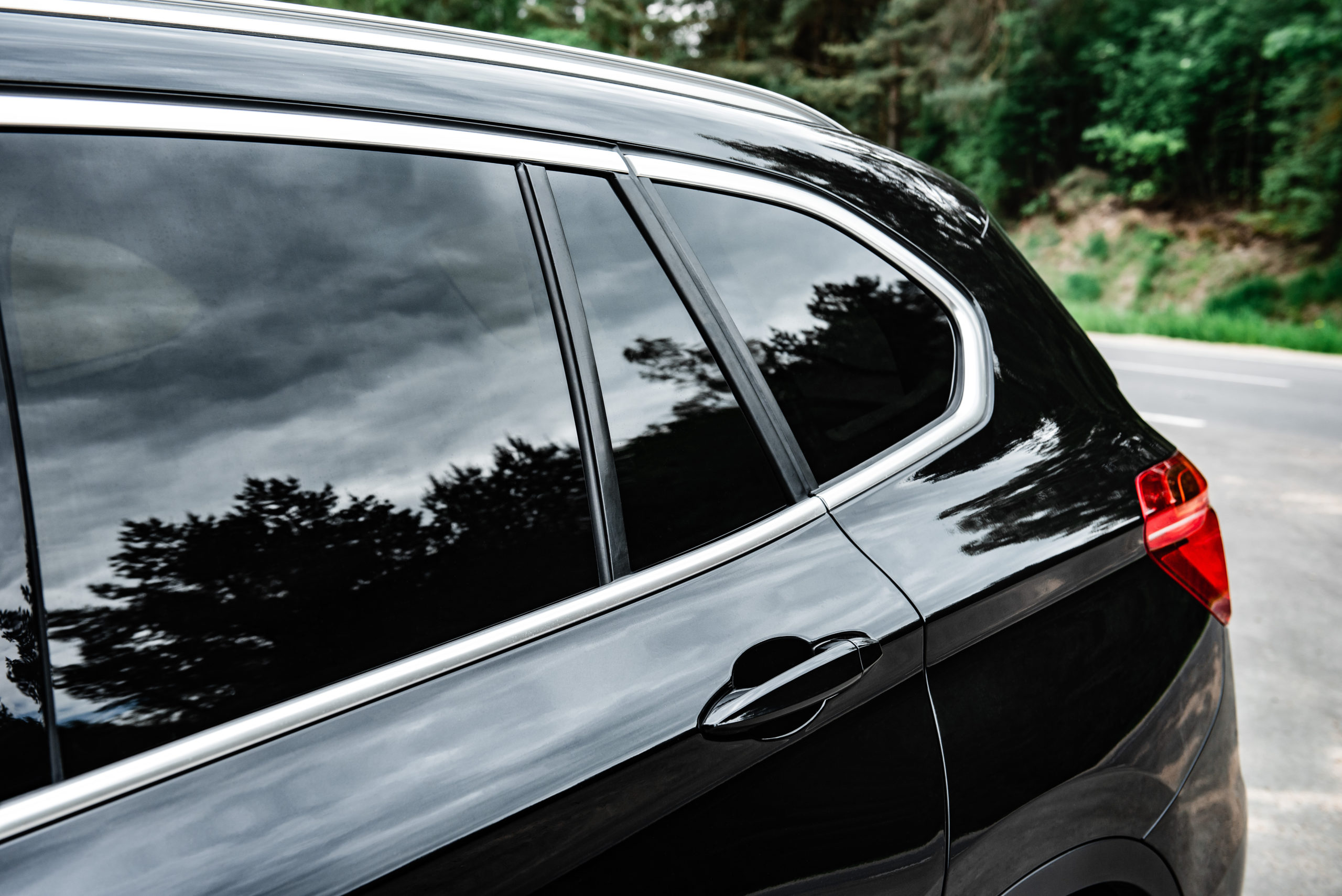How window tinting Can Help Reduce Glare and Boost Comfort
How window tinting Can Help Reduce Glare and Boost Comfort
Blog Article
Checking Out the Various Types of Window Color for Cars and Their Benefits

Dyed Window Color
Dyed home window color is a preferred choice amongst car proprietors looking for to improve privacy and minimize glare while maintaining a fashionable appearance. This type of tint is created by integrating color right into the sticky layer, which is after that put on the windows of the car. The main allure of colored home window tint exists in its capability to supply a visually pleasing appearance without sacrificing capability.
Among one of the most significant advantages of dyed window tint is its ability to obstruct dangerous UV rays, aiding to safeguard both passengers and the lorry's inside from sun damage. Furthermore, this tint properly lowers glare, adding to an extra comfortable driving experience, especially throughout bright daytime conditions. The growing of home window shade likewise includes a layer of personal privacy, making it extra difficult for outsiders to see inside the car.
However, it is vital to keep in mind that while colored window tint supplies various advantages, it might not give as much warm rejection as various other sorts of colors. Additionally, its durability can be impacted by direct exposure to extended sunshine, potentially resulting in fading over time. On the whole, colored home window color remains a popular option for those prioritizing aesthetics and fundamental sun protection.
Metalized Window Tint
Metalized home window tint stands for an advanced alternative for cars and truck owners looking to improve both performance and aesthetic appeals. One of the primary benefits of metalized home window tint is its remarkable warmth being rejected capacities, which can substantially lower the indoor temperature level of a vehicle.
Moreover, metalized tints offer raised toughness compared to colored movies, making them immune to fading and damaging. This longevity makes certain that the color keeps its efficiency and appearance over time, supplying lasting value.
Furthermore, metalized home window color can boost privacy and security by making it more tough for outsiders to see inside the lorry. The reflective quality of the color can also deter prospective theft, as valuables are much less noticeable (window tinting). While it might interfere with some digital signals, such as general practitioner or cell phone reception, the general advantages make metalized home window tint a compelling choice for lots of car proprietors
Ceramic Home Window Color
Offering advanced technology and exceptional performance, ceramic home window color has arised as a leading option for discerning cars and truck owners. This ingenious film is made up of advanced ceramic particles that supply significant heat being rejected while maintaining quality and presence. Unlike typical tints, ceramic window color does not depend on steel or color, which can interfere with electronic signals from tools such as GPS and cellular phone.
Among the standout advantages of ceramic home window color is its outstanding UV protection. It obstructs as much as 99% of hazardous ultraviolet rays, therefore securing both the automobile's interior and its occupants from sun damages. Additionally, this sort of color boosts privacy without jeopardizing exposure, making it a functional option for day-to-day vehicle drivers and high-end lorries alike.
Ceramic home window color additionally flaunts toughness; it is resistant to fading and damaging, ensuring lasting performance. Furthermore, its non-reflective nature indicates it does not trigger glare, adding to safer motoring conditions. For those seeking a premium color option that combines visual appeals with performance, ceramic window tint attracts attention as an exceptional selection, providing enhanced convenience and security when traveling
Carbon Home Window Color
When it pertains to home window tinting alternatives, carbon window tint has actually acquired popularity for its blend of efficiency and affordability. This sort of color is composed of carbon bits, which offer an unique matte finish that boosts the visual charm of vehicles. Among the key advantages of carbon window tint is its capability to obstruct a considerable amount of harmful UV rays, protecting both the car's inside and its residents from skin damage and fading.
Additionally, carbon window color uses outstanding warm denial buildings, decreasing the demand for too much a/c and boosting fuel efficiency. Unlike colored colors, carbon tints do not fade over time, keeping their effectiveness and look for many years. This toughness makes them a useful choice for vehicle proprietors seeking long-term value.
Furthermore, carbon home window color is non-metalized, which suggests it does not interfere with electronic signals, making it ideal for lorries outfitted with general practitioner, Bluetooth, and other cordless technologies. The balance of cost, performance, and aesthetic appeal has actually developed carbon window color as a preferred choice for many car owners. Inevitably, it works as a trustworthy solution for those seeking to boost comfort while making sure design.
Factory Color
Factory color, additionally referred to as OEM color, refers to the tinting that is related to car windows during the production process. This kind of color is typically incorporated right into the glass itself, providing a consistent look and regular degrees of shading throughout all windows. The main purpose of manufacturing facility tint is to lower glare and boost check my site traveler comfort while giving a degree of UV defense.

While manufacturing facility color offers standard benefits, it might not give the very same level of warmth rejection or personal privacy as higher-grade aftermarket colors. Automobile owners seeking enhanced performance may consider additional tinting options, while still appreciating the visual appeal and capability manufacturing facility tint offers.
Verdict

Nonetheless, it is necessary to note that while dyed window color supplies numerous benefits, it may not offer as much heat rejection as other types of tints. For those seeking a premium color option that incorporates aesthetic appeals with performance, ceramic window color stands out as a superior option, providing improved comfort and protection on the road.
When it comes to window tinting options, carbon home window color has actually gotten popularity for its blend of efficiency and price.Manufacturing facility tint, also known as OEM color, refers to the tinting that is applied to vehicle home windows during the manufacturing procedure. The exact degree of tint can differ depending on the car maker and model, with some automobiles featuring more substantial color on rear home windows than on front home windows.
Report this page